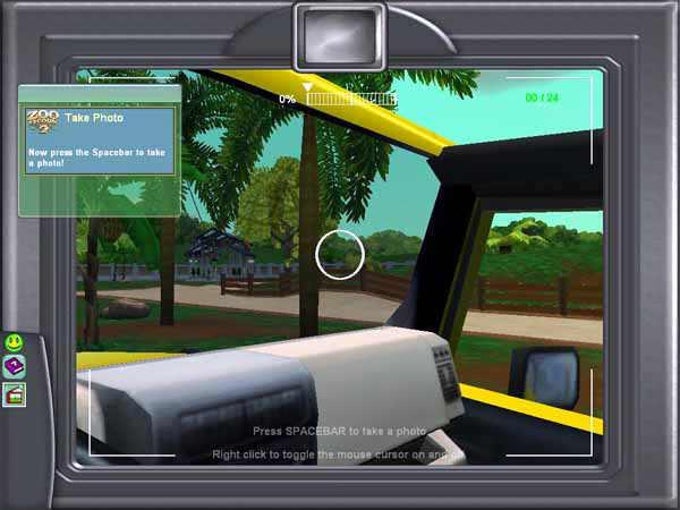


This is the only animal with this oddity. Unusually, the dwarf Sicilian elephant prefers the Boreal Forest and Temperate Forest biomes (rating of +5 each) more than its primary biome of Grassland (rating of +3).Dwarf Sicilian Elephants are one of 2 medium prey animals where young occupy the same size group as adults, with the other being the Dodo.It uses similar food and enrichment items to the modern elephant species, with a smaller variation of the elephant log that is unique to it. Like all extinct grassland animals, it requires a misty spring in its exhibit in order to be fully comfortable. The Dwarf Sicilian elephant is a Grassland animal, but can also tolerate Alpine. In Campaign and Challenge mode, it is available for adoption when a zoo reaches a rating of 3 stars.

The Dwarf Sicilian elephant is an adoptable animal in Zoo Tycoon 2 and was added as part of the Extinct Animals expansion pack. The closest living relative of the dwarf elephants is believed to be the African Forest Elephant. It is possible that the elephant's ancestors reached the islands from North Africa or Europe during the Pleistocene, before being cut off from the mainland by rising sea waters. This is an example of "insular dwarfism", where large animals gradually grow smaller whilst confined to a small environment, such as islands. Males were larger than females.Īll dwarf elephants were native to islands in the Mediterranean, with Palaeoloxodon falconeri fossils being found on Sicily and Malta.

This makes it the smallest known species of elephant. Although most straight-tusked elephants shared similar body-shapes, Palaeoloxodon falconeri was one of eight species known as dwarf elephants and as a result were quite small, reaching heights of only 96.5cm (3.2ft) and weighing 305kg (672lbs). Elephants of this genus could be identified by their tusks, which had little curvature and were quite large for the size of the body. The Dwarf Sicilian elephant is a member of the genus Palaeoloxodon, or Straight-Tusked Elephants, which were native to Africa and Eurasia.


 0 kommentar(er)
0 kommentar(er)
